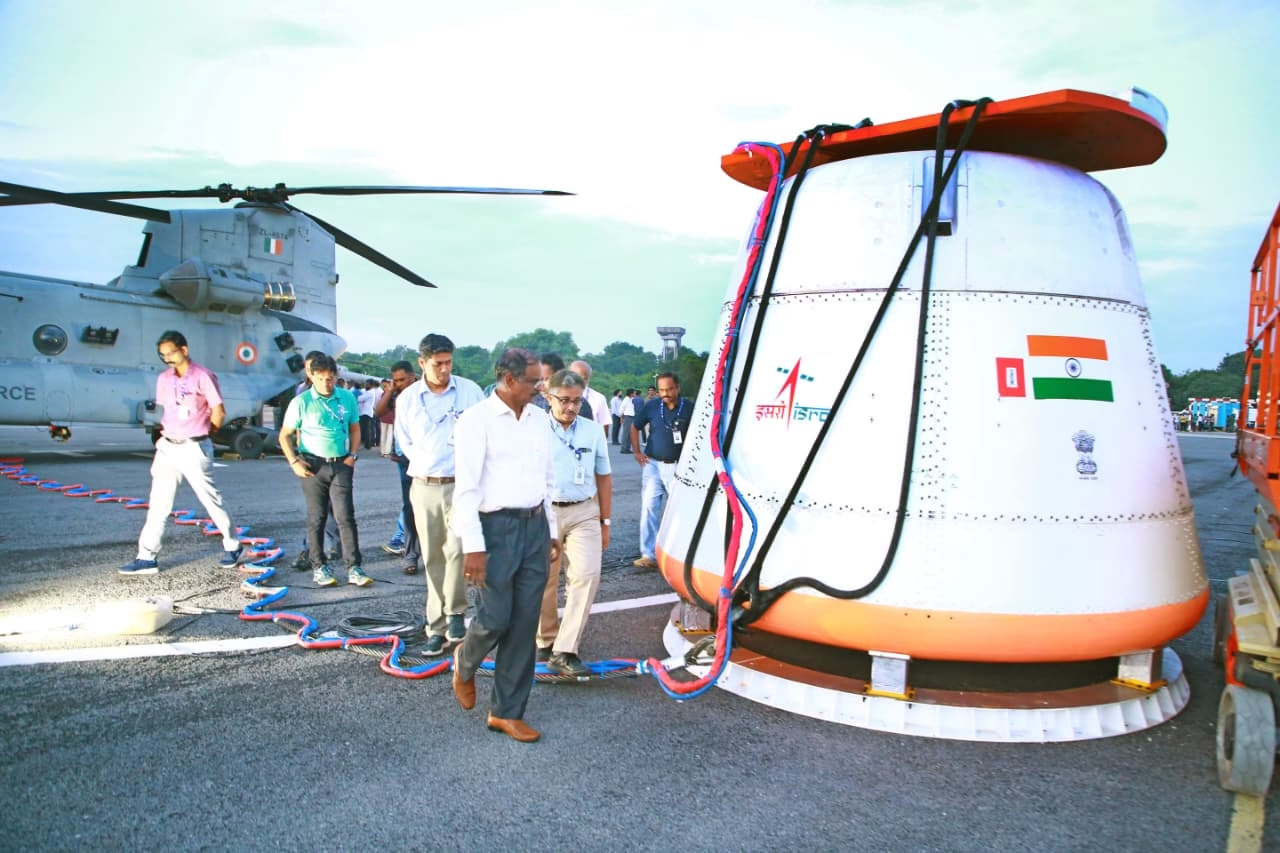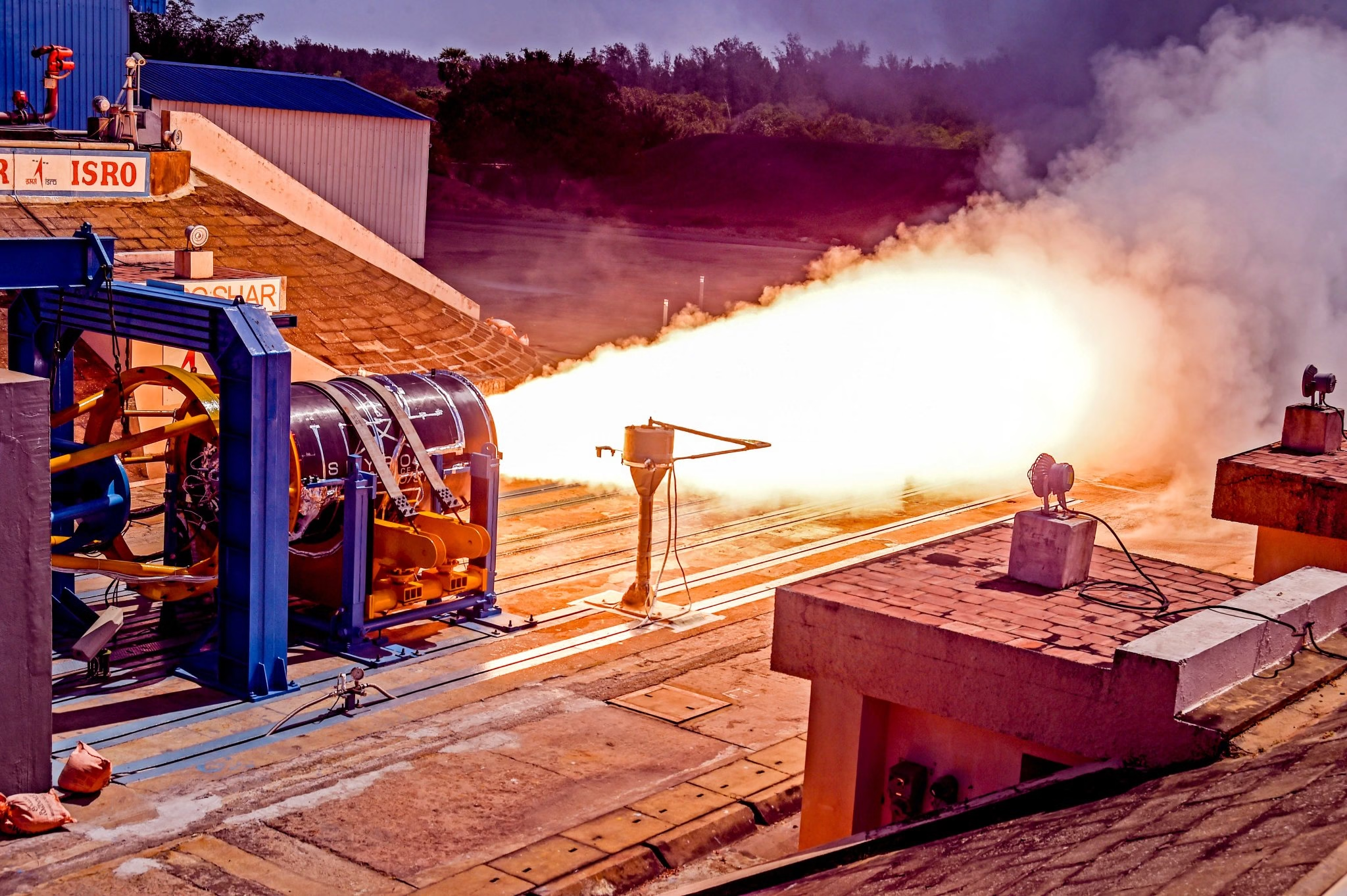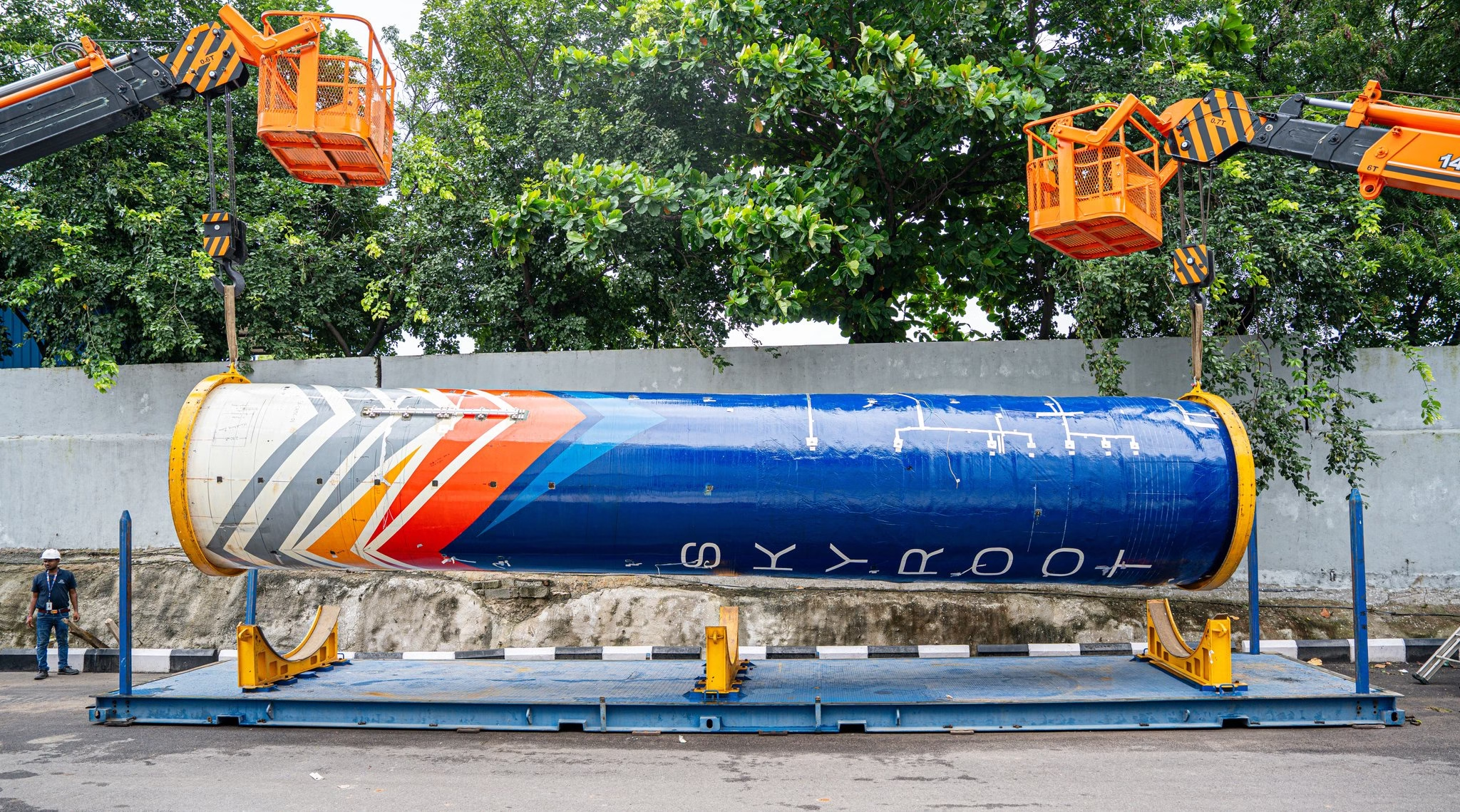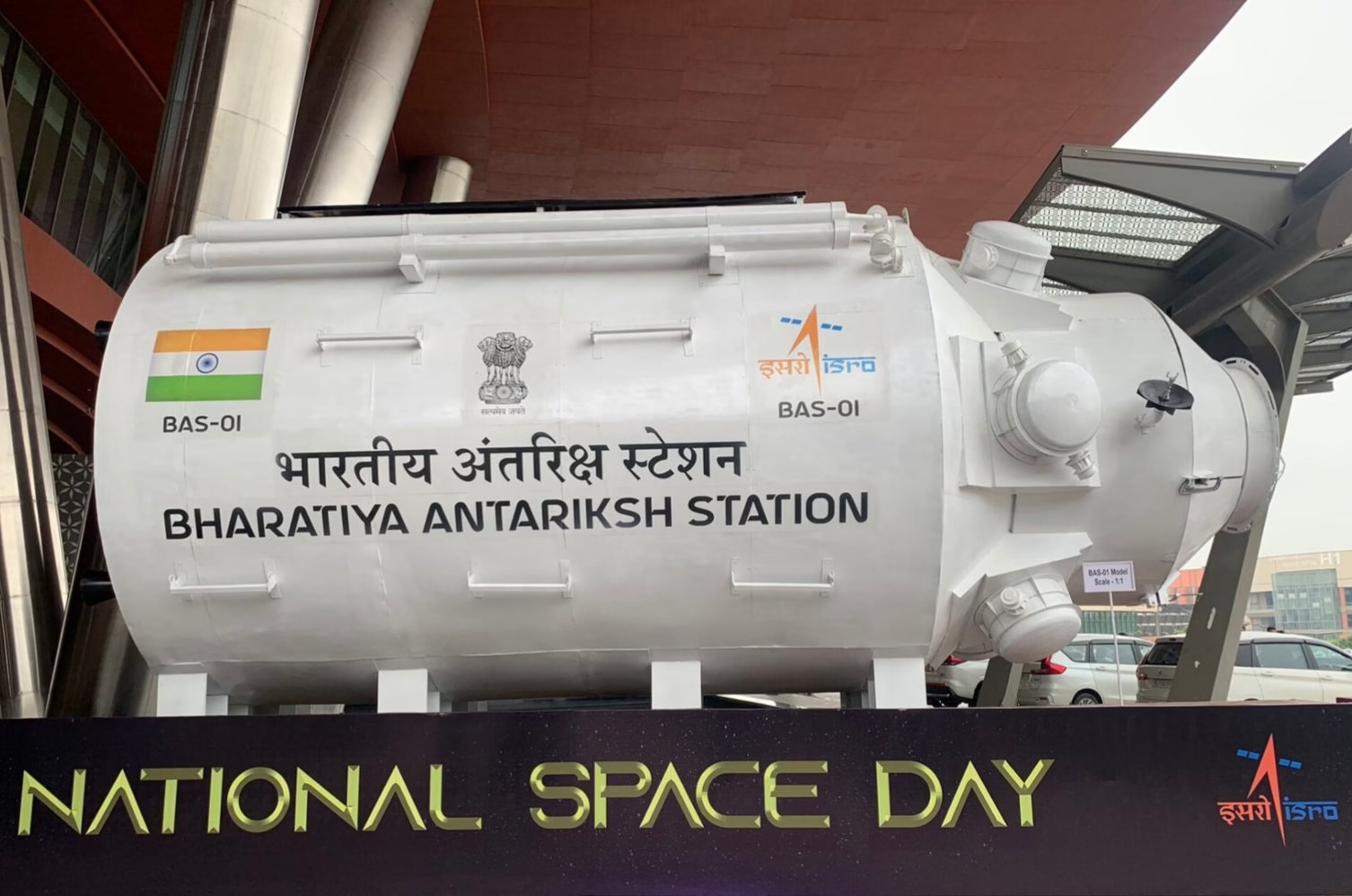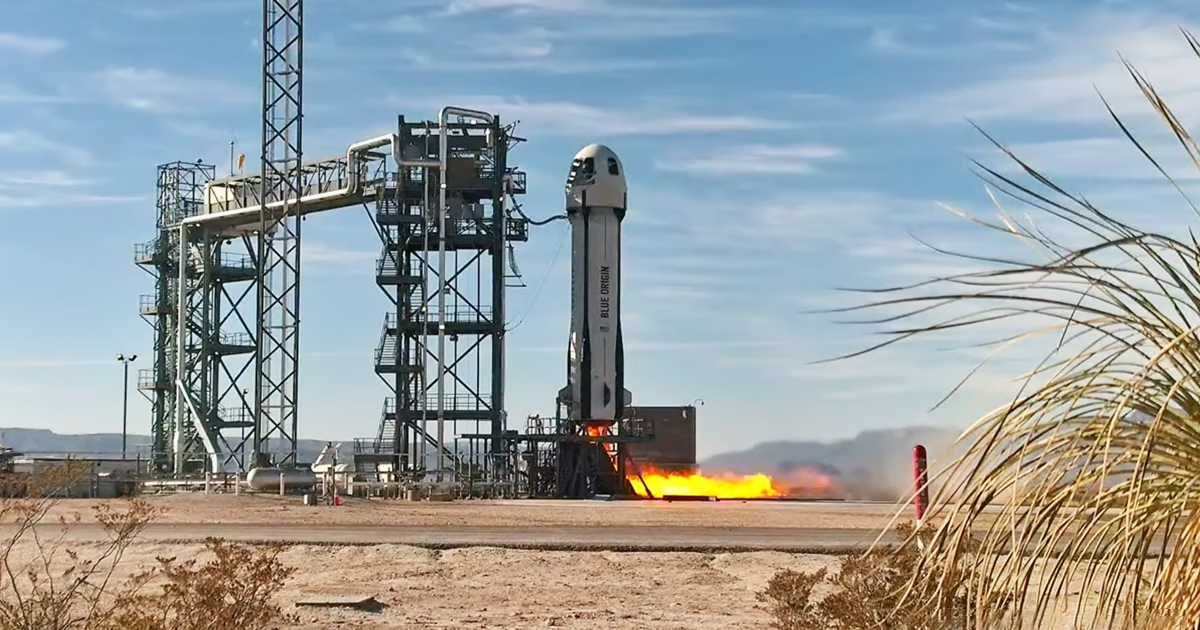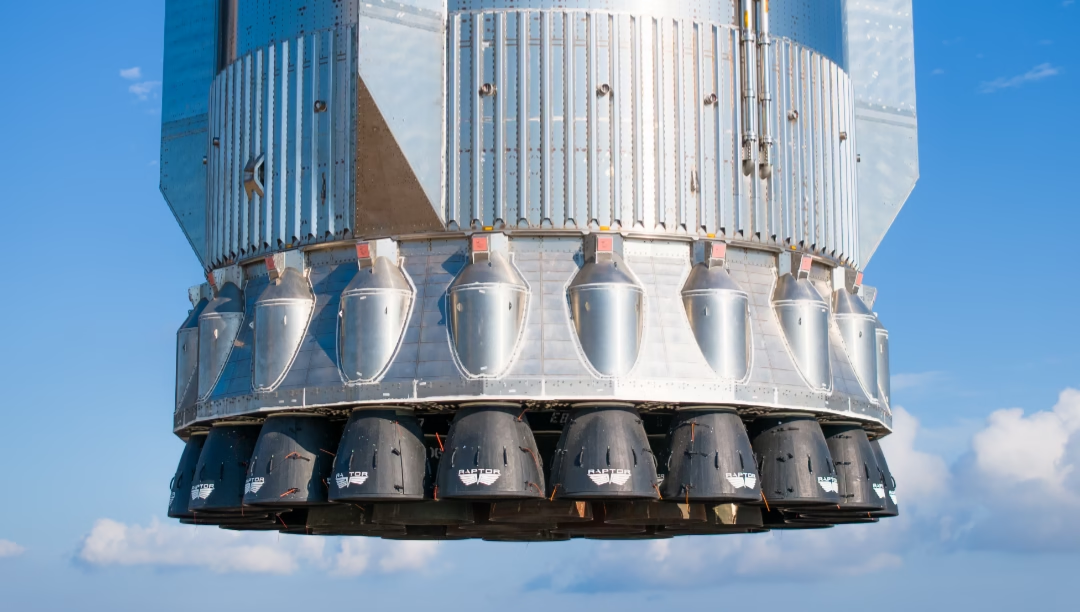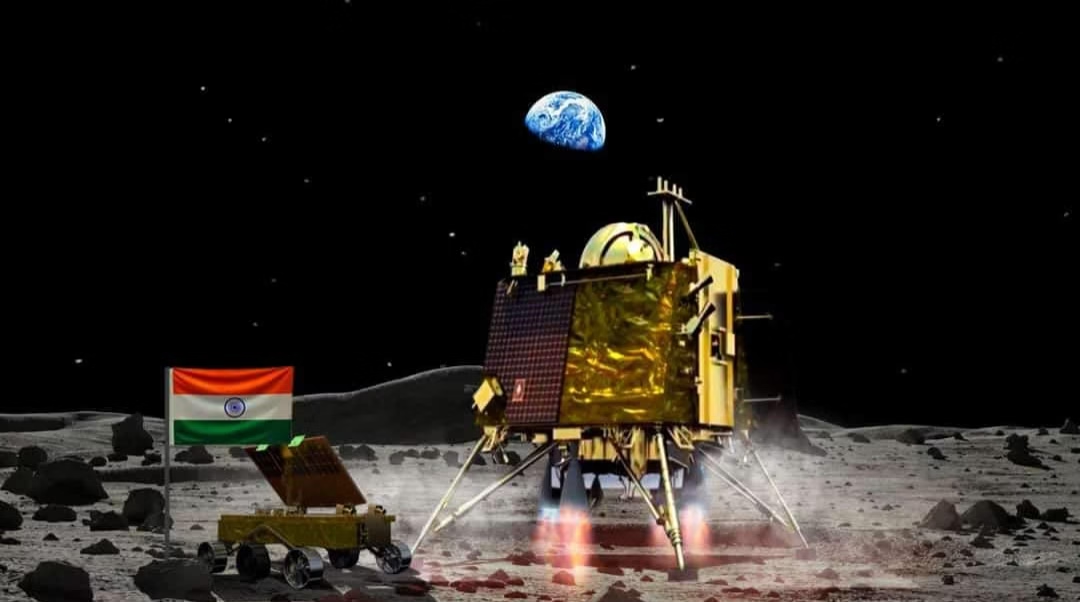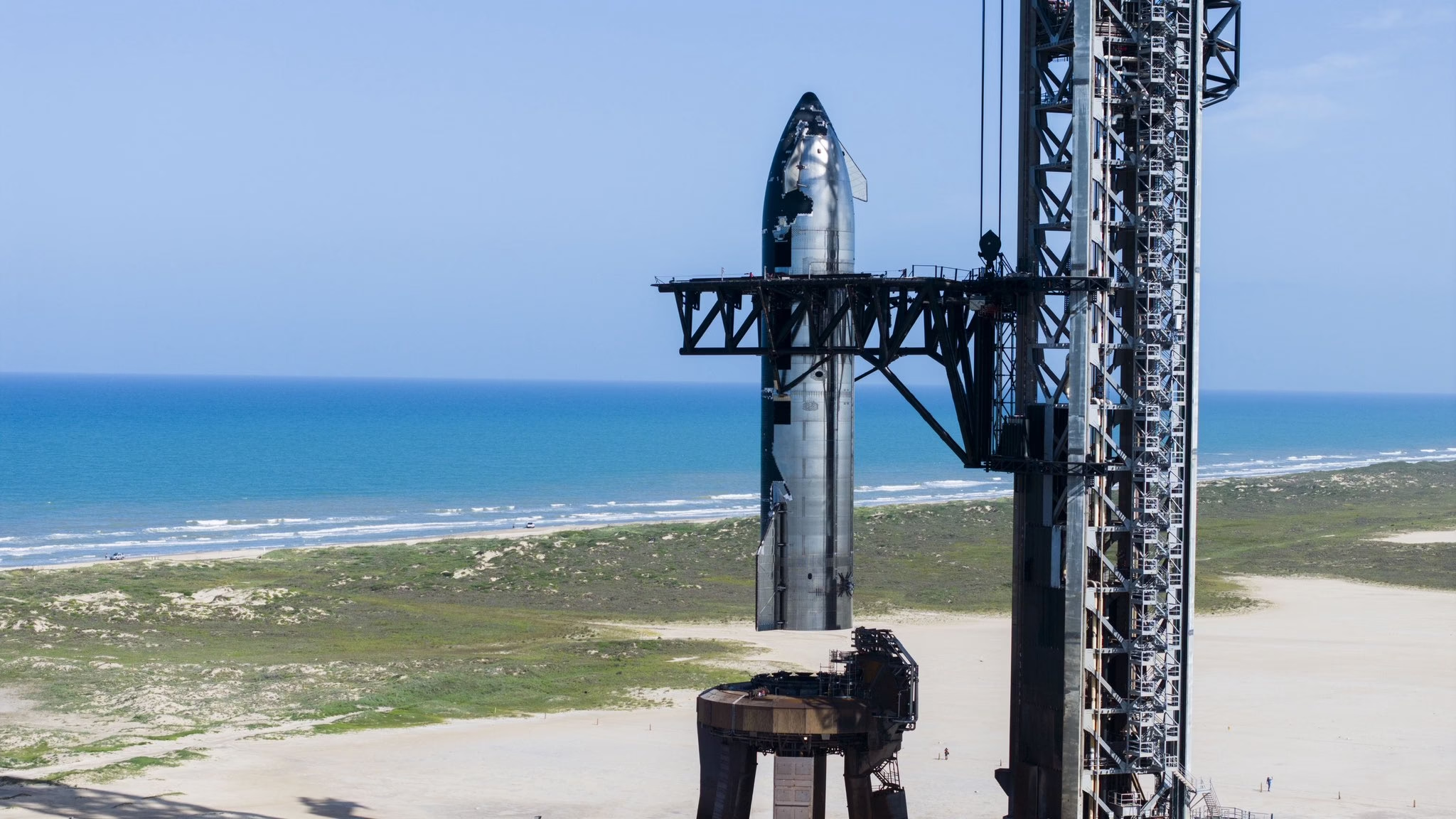Firefly Aerospace Space Internships and Careers 2025. Gain hands-on experience in rocket propulsion, lunar landers, and mission operations. Apply now or check back on October 1 for Summer internship opportunities. Launch your space career with Firefly today!
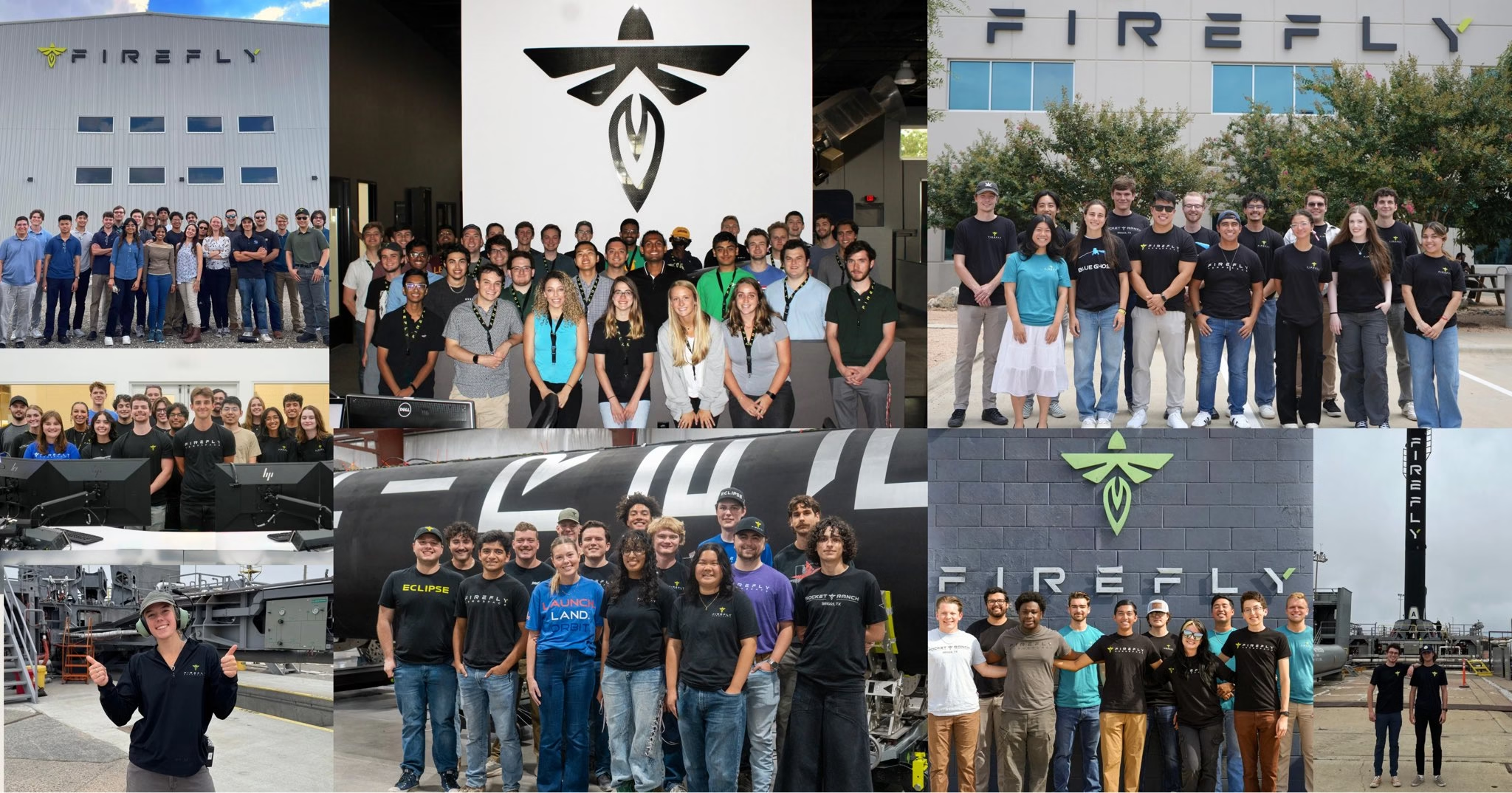
Firefly Aerospace Opens Applications for Spring Internships: A Gateway for Students to Launch Their Careers in Space
Introduction: A New Era of Space Internships
Space exploration is no longer a distant dream—it’s rapidly becoming a career opportunity for young minds eager to contribute to humanity’s journey beyond Earth. Firefly Aerospace, one of the fastest-growing space companies in the United States, has officially opened applications for its Spring internship program. Designed for students and fresh graduates, these internships offer hands-on experience in rocketry, spacecraft systems, propulsion technology, and mission operations.
For those who are passionate about space, this is not just an internship—it’s a chance to directly contribute to missions that will define the future of space travel and exploration. With applications now live for Spring and Summer internships opening on October 1, aspiring space professionals have a golden opportunity to secure a career-defining role.
Why Firefly Aerospace? Firefly Aerospace Space Internships and Careers
A Rising Star in the Space Industry
Founded in 2017, Firefly Aerospace has positioned itself as a key player in the growing commercial space sector. Known for its Alpha rocket, capable of delivering small payloads to orbit, Firefly is working on technologies that make access to space more affordable and efficient.
In recent years, the company has expanded its focus to include lunar landers, space utility vehicles, and orbital transfer services. These ambitious projects are creating a wave of innovation, and students joining Firefly will be at the heart of groundbreaking missions.
A Culture of Learning and Growth
Unlike traditional classroom learning, Firefly’s internship program places students in real engineering and mission scenarios. Interns work alongside experienced aerospace professionals, gaining first-hand exposure to the challenges and solutions that drive the industry forward.
This is not a coffee-fetching role—it’s an immersive learning environment where interns actively contribute to projects shaping the future of spaceflight.
Firefly Aerospace Space Internships and Careers: What You Need to Know
Hands-On Roles for Students
The Firefly Spring Internship is designed to provide practical, hands-on training. Interns can expect to work in fields such as:
- Rocket Propulsion Systems – Assisting in testing and development of rocket engines.
- Avionics and Software – Learning how spacecraft communicate and operate autonomously.
- Mission Design and Operations – Contributing to launch campaigns and mission planning.
- Lunar Lander Development – Supporting projects linked to NASA’s Artemis program and lunar exploration.
Who Can Apply?
The internships are open to undergraduate and graduate students pursuing degrees in aerospace engineering, mechanical engineering, electrical engineering, computer science, physics, or related fields. Applicants should have a strong academic record and a demonstrated passion for space.
Duration and Location
- Spring Internships: Typically run from January to May.
- Location: Firefly Aerospace headquarters in Cedar Park, Texas, with opportunities for hybrid and specialized roles.
Why Students Should Apply Now: Firefly Aerospace Space Internships and Careers
Early Career Advantage
Internships with Firefly offer a significant advantage for students looking to break into the highly competitive aerospace sector. Alumni of Firefly’s internship program have gone on to secure full-time roles not only at Firefly but also at major organizations like NASA, SpaceX, Blue Origin, and Lockheed Martin.
Networking Opportunities
Interns work side by side with engineers, scientists, and industry leaders. This exposure provides unparalleled networking opportunities that can shape future careers.
Contributing to Space Missions
Unlike many industries, aerospace internships often allow students to work on missions that will eventually launch into space. This means your work could directly contribute to the next satellite deployment or lunar mission.
Key Dates and Application Process
- Spring Internship Applications: Now Open
- Summer Internship Applications: Open October 1
Interested candidates can apply through the Firefly Aerospace Careers Page, where detailed role descriptions, eligibility criteria, and application requirements are listed.
Applicants are encouraged to:
- Prepare Early – Gather transcripts, resumes, and recommendation letters.
- Highlight Passion Projects – Showcase space-related research, projects, or extracurriculars.
- Demonstrate Technical Skills – Programming, CAD modeling, or laboratory experience can give you an edge.
Firefly’s Mission and How Interns Contribute: Firefly Aerospace Space Internships and Careers
Expanding Access to Space
Firefly Aerospace’s vision is to make space accessible for everyone—from government missions to private companies and academic institutions. Interns will play a crucial role in this mission by contributing to research, testing, and development efforts.
Recent Achievements by Firefly
- Alpha Rocket Success: Demonstrating reliable launch capabilities for small satellites.
- Blue Ghost Lunar Lander: Part of NASA’s Commercial Lunar Payload Services (CLPS) program.
- Orbital Transfer Vehicles: Expanding capabilities to transport payloads to multiple orbits.
By joining now, interns can be part of a company that is actively contributing to NASA’s Artemis program and shaping future lunar and Martian exploration.
Student Voices: What Past Interns Say
Former interns have praised Firefly’s program for its challenging yet supportive environment. Testimonials often highlight how interns were treated as contributors rather than trainees.
One past intern shared:
“Firefly gave me the chance to work on actual rocket testing. It wasn’t about shadowing someone—it was about being trusted to take responsibility. That level of trust really prepared me for my career.”
Another noted:
“I came in as a computer science major with little aerospace experience. By the end of the program, I had contributed to real avionics software. That hands-on experience was life-changing.”
Firefly Aerospace Space Internships and Careers 2025
With the space industry booming, keywords like “Firefly Aerospace internship 2025,” “aerospace internships Spring,” and “careers in space for students” are trending in student job searches. Firefly’s internship program is not only relevant but highly sought-after because it bridges the gap between academic study and professional space careers.
By optimizing your application with these keywords—highlighting your skills in rocketry, propulsion, mission design, and space systems—students can stand out in both the search results and the selection process.
Apply Now: https://fireflyspace.com/careers/?keywords=internship#jobopenings
Summer Internships: Firefly Aerospace Space Internships and Careers
For students who may not be available in Spring, Firefly has confirmed that Summer internships will open on October 1. Summer internships are often in higher demand as students are on break, so refreshing the careers page on that date will be crucial for securing a spot.
These internships typically run from June to August and may offer more opportunities to participate in active launch campaigns due to Firefly’s busy summer launch schedule.
The Bigger Picture: Why Internships Matter in the Space Race
The global space economy is expected to grow to $1 trillion by 2040. Companies like Firefly Aerospace are leading this growth by providing cost-effective launch services and innovative spacecraft solutions.
Internships serve as the pipeline that fuels this industry. By training students today, Firefly is investing in the future workforce that will take humanity deeper into space tomorrow.
How to Maximize Your Internship Experience: Firefly Aerospace Space Internships and Careers
For students applying or preparing to join Firefly, here are tips to make the most of your experience:
- Be Proactive – Ask questions, take initiative, and show curiosity.
- Learn Beyond Your Role – Explore cross-disciplinary fields like avionics, propulsion, and mission operations.
- Document Your Work – Keep track of contributions to highlight in future job applications.
- Network Strategically – Build relationships with mentors and peers to expand your career opportunities.
Conclusion: Your Launchpad to a Career in Space
The Firefly Aerospace Spring Internship Program is more than just a stepping stone—it’s a launchpad. By joining Firefly, students don’t just gain work experience; they gain the opportunity to contribute to real missions that will help shape the future of space exploration.
With Spring applications open now and Summer internships going live on October 1, the time to act is now. Students who dream of a career among the stars have a chance to begin their journey today—by applying for a Firefly Aerospace internship.
FSQs: Firefly Aerospace Space Internships and Careers
1. Who can apply for Firefly Aerospace Space Internships and Careers?
Firefly Aerospace internships are open to undergraduate and graduate students pursuing degrees in aerospace engineering, mechanical engineering, electrical engineering, computer science, physics, and related fields. Applicants should have a strong academic record and a passion for space.
2. When do Firefly Aerospace Spring internships start?
Spring internships typically run from January to May each year. Exact dates may vary depending on the role and department.
3. Where are Firefly Aerospace Space Internships and Careers located?
Most internships are based at Firefly Aerospace headquarters in Cedar Park, Texas, though some hybrid or remote opportunities may be available depending on the position.
4. What kind of work will interns do at Firefly Aerospace?
Interns work on real aerospace projects, including rocket propulsion systems, avionics, mission operations, and lunar lander development. This is a hands-on program where students contribute to active missions.
5. Are Firefly Aerospace internships paid?
Yes, Firefly Aerospace offers paid internships to ensure students are supported while gaining valuable experience.
6. How competitive is the application process?
Firefly internships are highly competitive due to the growing demand for aerospace careers. Applicants are encouraged to apply early, showcase technical skills, and highlight any relevant space-related projects or research.
7. When can I apply for Summer internships at Firefly?
Applications for Summer internships open on October 1, 2025. These internships typically run from June to August and are in high demand.
8. Can international students apply for Firefly internships?
Eligibility may vary depending on U.S. government regulations and the nature of the work. Some positions may require U.S. citizenship or permanent residency due to export control laws.
9. What skills help me stand out as an applicant?
Strong technical knowledge in areas like CAD modeling, programming (Python, C++, MATLAB), systems engineering, or laboratory testing will strengthen your application. Demonstrating passion for space exploration through clubs, research, or projects is also a plus.
10. How do I apply for Firefly Aerospace Space Internships and Careers?
You can apply directly through the Firefly Aerospace Careers Page. Prepare a strong resume, academic transcripts, and recommendation letters, and keep an eye on new postings for both Spring and Summer opportunities.
News Source: https://x.com/Firefly_Space/status/1968003633309434292?t=nANCXD-3xUnAAjZTMv4qaQ&s=19

